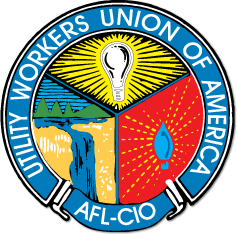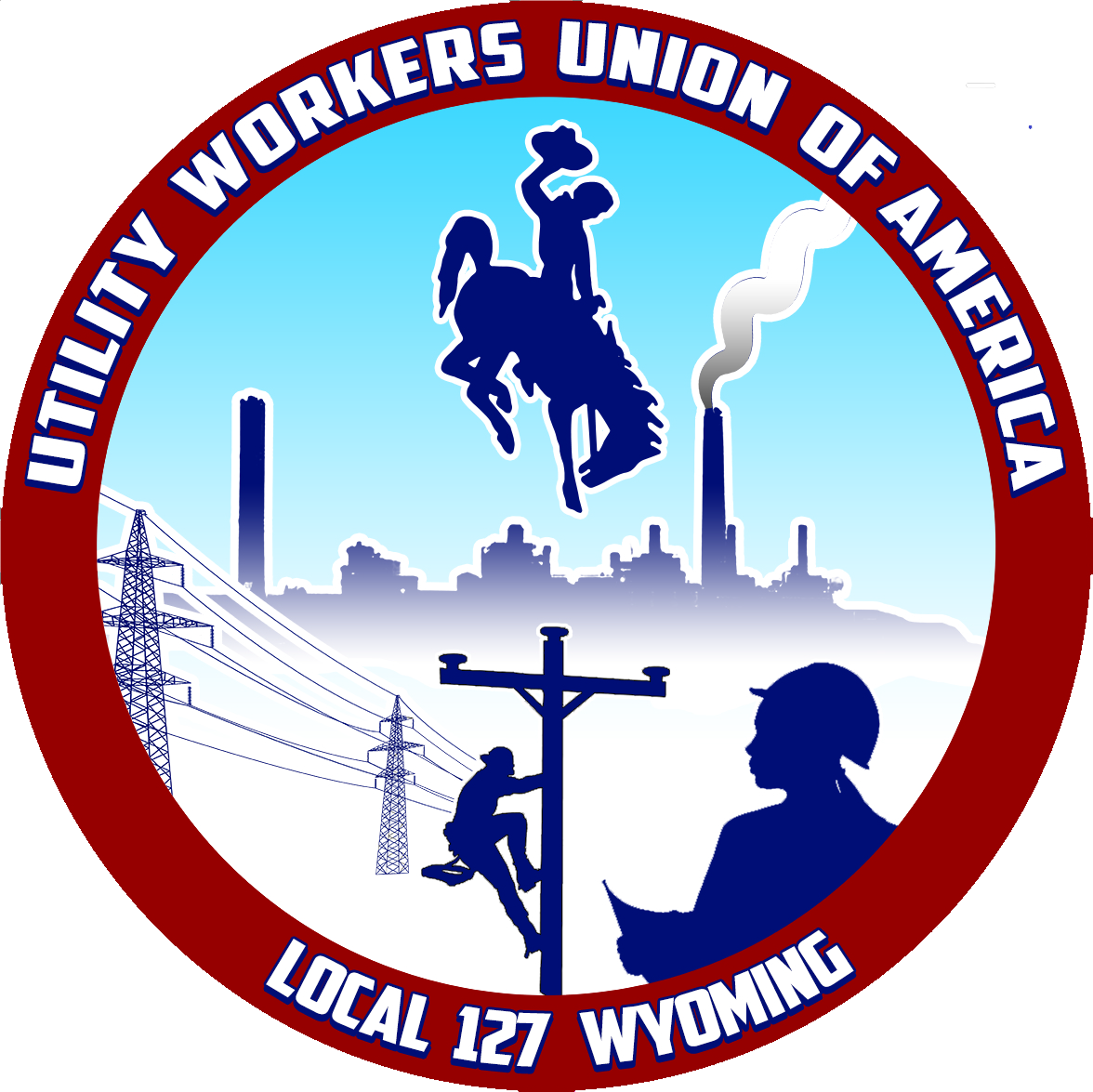| Featured Content |
Services Overview
Fields include power generation (power plants), power distribution (transmission and distribution), call/service center employees, as well as natural gas and water utilities.
Contact Us Utility Workers of America AFL - CIO Local 127
Represents Utility Workers in municipal, as well as publicly traded Utilities.
Address: 540 N. Warehouse Rd. Casper, WY 82601
Phone: 307-237-2614
E-mail: office@uwua127.com

